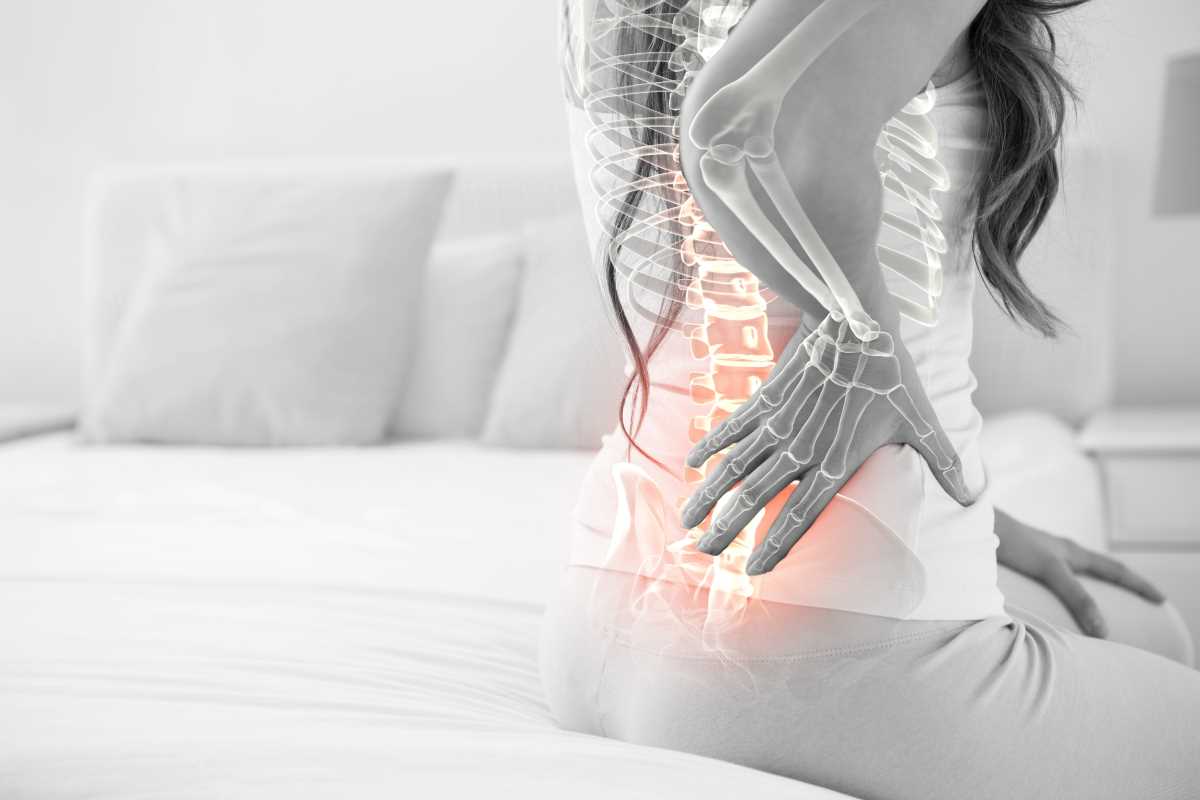Experiencing joint pain can make everyday activities feel like a challenge. Whether it’s climbing stairs, typing on a keyboard, or simply getting out of bed, chronic joint discomfort can seriously impact your quality of life. If you’ve tried various treatments with little success, you might have heard about cortisone injections as a potential option for relief. But what are cortisone injections? How do they work? And are they the right choice for you?
This guide will break everything down in simple terms so you can feel informed and confident about this treatment option. By understanding the ins and outs of cortisone injections, you can decide if they’re the missing piece in your pain management plan.
What Are Cortisone Injections?
Cortisone injections are a medical treatment used to reduce inflammation and relieve pain in specific areas of the body, often joints like the knee, shoulder, or hip. They deliver a powerful dose of corticosteroid medication directly into the affected area.
It’s worth noting that "cortisone" is a type of corticosteroid, which is a man-made version of hormones your body naturally produces to manage inflammation. By injecting the medication directly into the source of pain, cortisone injections provide targeted relief without affecting your entire body as much as oral medications would.
Common Conditions Treated with Cortisone
Cortisone injections are often used to manage a variety of joint and soft tissue problems, including:
- Arthritis (especially osteoarthritis and rheumatoid arthritis)
- Bursitis (inflammation of the small sacs that cushion your joints)
- Tendinitis (inflammation of a tendon, like tennis elbow or rotator cuff tendinitis)
- Gout (a form of arthritis caused by uric acid buildup)
- Plantar Fasciitis (pain in the bottom of the foot)
If you’re dealing with pain caused by inflammation, there’s a good chance cortisone injections could help.
How Do Cortisone Injections Work?
To understand how cortisone injections work, it’s important to look at the role inflammation plays in your pain. When your body experiences an injury or irritation, it triggers inflammation as part of the natural healing process. However, in some cases, this inflammation can become excessive or chronic, causing swelling and pain that lasts much longer than necessary.
Cortisone injections work by calming this inflammation. The corticosteroid medication inhibits specific chemicals in your body that contribute to inflammation, bringing down swelling and reducing pain in the affected area.
What to Expect During the Procedure
If you’re considering a cortisone injection, here’s what typically happens during the procedure:
- Prepping the Area: The doctor begins by cleaning the injection site to reduce the risk of infection.
- Numbing the Skin: A local anesthetic may be applied or injected to make the procedure more comfortable.
- Ultrasound Guidance (Optional): Some doctors use ultrasound imaging to ensure the medication is injected exactly where it’s needed.
- The Injection: Using a thin needle, the doctor administers the cortisone medication. The entire process usually takes just a few minutes.
Most patients describe the procedure as only mildly uncomfortable, and some don’t feel much pain at all.
When Will You Feel Relief?
The timeline for pain relief can vary. Some people feel improvement within a day or two, while others might need a week for the full effects to kick in. The relief from a cortisone injection typically lasts anywhere from a few weeks to several months, depending on the condition being treated and the individual’s response to the medication.
Benefits of Cortisone Injections
Cortisone injections are a popular treatment choice for good reasons. Here are some of the key benefits:
1. Quick Relief
Cortisone injections provide faster pain relief than many other treatments, particularly for conditions where inflammation is the primary culprit.
2. Targeted Action
Because the medication is injected directly into the problem area, it targets the source of inflammation more effectively than oral medications, which must circulate through your entire body.
3. Fewer Systemic Side Effects
Unlike oral corticosteroids, cortisone injections tend to have fewer systemic side effects, since the medication stays localized at the injection site.
4. Improved Mobility
By reducing pain and inflammation, cortisone injections can make it easier to move and participate in physical therapy or daily activities that were previously too painful.
Potential Risks and Side Effects
While cortisone injections can be very effective, they aren’t entirely without risks or downsides. Understanding the potential side effects can help you weigh the pros and cons:
Common Side Effects
- Temporary Pain Flare-Up: Some people experience increased pain at the injection site for 24–48 hours after the shot.
- Skin Changes: Lightening of the skin or thinning of the tissue around the injection site can occur.
- Bruising: Mild bruising may develop at the injection site.
Less Common but Serious Risks
- Joint Infection: Although rare, any injection carries a small risk of infection.
- Tendon Weakening or Rupture: Repeated cortisone injections in tendons can weaken them over time.
- Cartilage Damage: Repeated injections in the same joint may contribute to cartilage breakdown.
Who Should Proceed with Caution?
Cortisone injections may not be suitable for everyone. If you have uncontrolled diabetes, bleeding disorders, or an infection near the injection site, your doctor may advise against this treatment.
How Often Can You Get Cortisone Shots?
Because cortisone injections can have cumulative side effects, doctors generally limit how often they’re administered. Most guidelines recommend no more than 3–4 injections per year in a single joint. Your doctor will work with you to determine the safest and most effective timeline for your specific case.
Alternatives to Cortisone Injections
If cortisone injections aren’t right for you, or you’d like to explore other options, here are some potential alternatives:
- Physical Therapy: Strengthening the muscles around the joint can reduce strain and improve function.
- Over-the-Counter Medications: Nonsteroidal anti-inflammatory drugs (NSAIDs) like ibuprofen can temporarily relieve pain.
- Hyaluronic Acid Injections: Often used for osteoarthritis, these injections provide lubrication to joints.
- PRP Therapy (Platelet-Rich Plasma): This newer treatment involves injecting components of your own blood to encourage healing.
- Lifestyle Changes: Weight loss, better posture, or ergonomically friendly adjustments can sometimes alleviate joint pain.
Your doctor can help you explore these alternatives to find a holistic plan that addresses your joint pain.
Questions to Ask Your Doctor
If you’re considering cortisone injections, don’t be afraid to ask questions! Here are a few to bring up during your appointment:
- What condition is causing my joint pain, and will cortisone help?
- Are there any risks specific to my health history?
- How long can I expect the effects of the injection to last?
- What are my other options if cortisone doesn’t work?
- How can I prevent my joint pain from coming back or worsening?
 (Image via
(Image via





